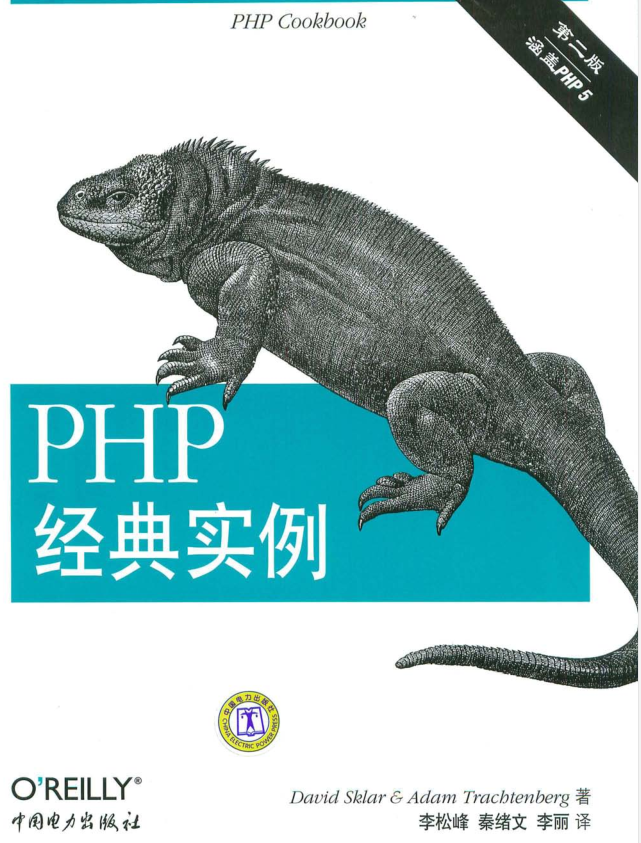
在本文中,我们将描述查找子数组中素数数量的方法。我们有一个正数数组 arr[] 和 q 个查询,其中有两个整数表示我们的范围 {l, R},我们需要找到给定范围内的素数数量。下面是给定问题的示例 -
Input : arr[] = {1, 2, 3, 4, 5, 6}, q = 1, L = 0, R = 3
Output : 2
In the given range the primes are {2, 3}.
Input : arr[] = {2, 3, 5, 8 ,12, 11}, q = 1, L = 0, R = 5
Output : 4
In the given range the primes are {2, 3, 5, 11}.在这种情况下,我想到了两种方法 -
在这种方法中,我们可以采用范围并找出该范围内存在的素数数量。
#include <bits/stdc++.h>
using namespace std;
bool isPrime(int N){
if (N <= 1)
return false;
if (N <= 3)
return true;
if(N % 2 == 0 || N % 3 == 0)
return false;
for (int i = 5; i * i <= N; i = i + 2){ // as even number can't be prime so we increment i by 2.
if (N % i == 0)
return false; // if N is divisible by any number then it is not prime.
}
return true;
}
int main(){
int N = 6; // size of array.
int arr[N] = {1, 2, 3, 4, 5, 6};
int Q = 1;
while(Q--){
int L = 0, R = 3;
int cnt = 0;
for(int i = L; i <= R; i++){
if(isPrime(arr[i]))
cnt++; // counter variable.
}
cout << cnt << "\n";
}
return 0;
}2
但是,这种方法并不是很好,因为这种方法的整体复杂度是O(Q*N*√N),这不是很好。
立即学习“C++免费学习笔记(深入)”;

PHP经典实例(第2版)能够为您节省宝贵的Web开发时间。有了这些针对真实问题的解决方案放在手边,大多数编程难题都会迎刃而解。《PHP经典实例(第2版)》将PHP的特性与经典实例丛书的独特形式组合到一起,足以帮您成功地构建跨浏览器的Web应用程序。在这个修订版中,您可以更加方便地找到各种编程问题的解决方案,《PHP经典实例(第2版)》中内容涵盖了:表单处理;Session管理;数据库交互;使用We
 453
453

在这种方法中,我们将使用埃拉托斯特尼筛法创建一个布尔数组,告诉我们该元素是否是素数,然后遍历给定的范围并找到该数组中素数的总数。布尔数组。
#include <bits/stdc++.h>
using namespace std;
vector<bool> sieveOfEratosthenes(int *arr, int n, int MAX){
vector<bool> p(n);
bool Prime[MAX + 1];
for(int i = 2; i < MAX; i++)
Prime[i] = true;
Prime[1] = false;
for (int p = 2; p * p <= MAX; p++) {
// If prime[p] is not changed, then
// it is a prime
if (Prime[p] == true) {
// Update all multiples of p
for (int i = p * 2; i <= MAX; i += p)
Prime[i] = false;
}
}
for(int i = 0; i < n; i++){
if(Prime[arr[i]])
p[i] = true;
else
p[i] = false;
}
return p;
}
int main(){
int n = 6;
int arr[n] = {1, 2, 3, 4, 5, 6};
int MAX = -1;
for(int i = 0; i < n; i++){
MAX = max(MAX, arr[i]);
}
vector<bool> isprime = sieveOfEratosthenes(arr, n, MAX); // boolean array.
int q = 1;
while(q--){
int L = 0, R = 3;
int cnt = 0; // count
for(int i = L; i <= R; i++){
if(isprime[i])
cnt++;
}
cout << cnt << "\n";
}
return 0;
}2
这种方法比我们之前应用的蛮力方法要快得多,因为现在的时间复杂度是O(Q*N),即比以前的复杂性要好得多。
在这种方法中,我们预先计算元素并将它们标记为素数或非素数;因此,这降低了我们的复杂性。除此之外,我们还使用埃拉托斯特尼筛法,这将帮助我们更快地找到素数。在此方法中,我们通过使用素数因子标记数字,以 O(N*log(log(N))) 复杂度将所有数字标记为素数或非素数。
在本文中,我们解决了使用埃拉托斯特尼筛法在 O(Q*N) 中查找子数组中素数数量的问题。我们还学习了解决这个问题的C++程序以及解决这个问题的完整方法(正常且高效)。我们可以用其他语言编写相同的程序,例如C、java、python等语言。
以上就是使用C++编写,找到子数组中的质数数量的详细内容,更多请关注php中文网其它相关文章!

c++怎么学习?c++怎么入门?c++在哪学?c++怎么学才快?不用担心,这里为大家提供了c++速学教程(入门到精通),有需要的小伙伴保存下载就能学习啦!

Copyright 2014-2025 https://www.php.cn/ All Rights Reserved | php.cn | 湘ICP备2023035733号